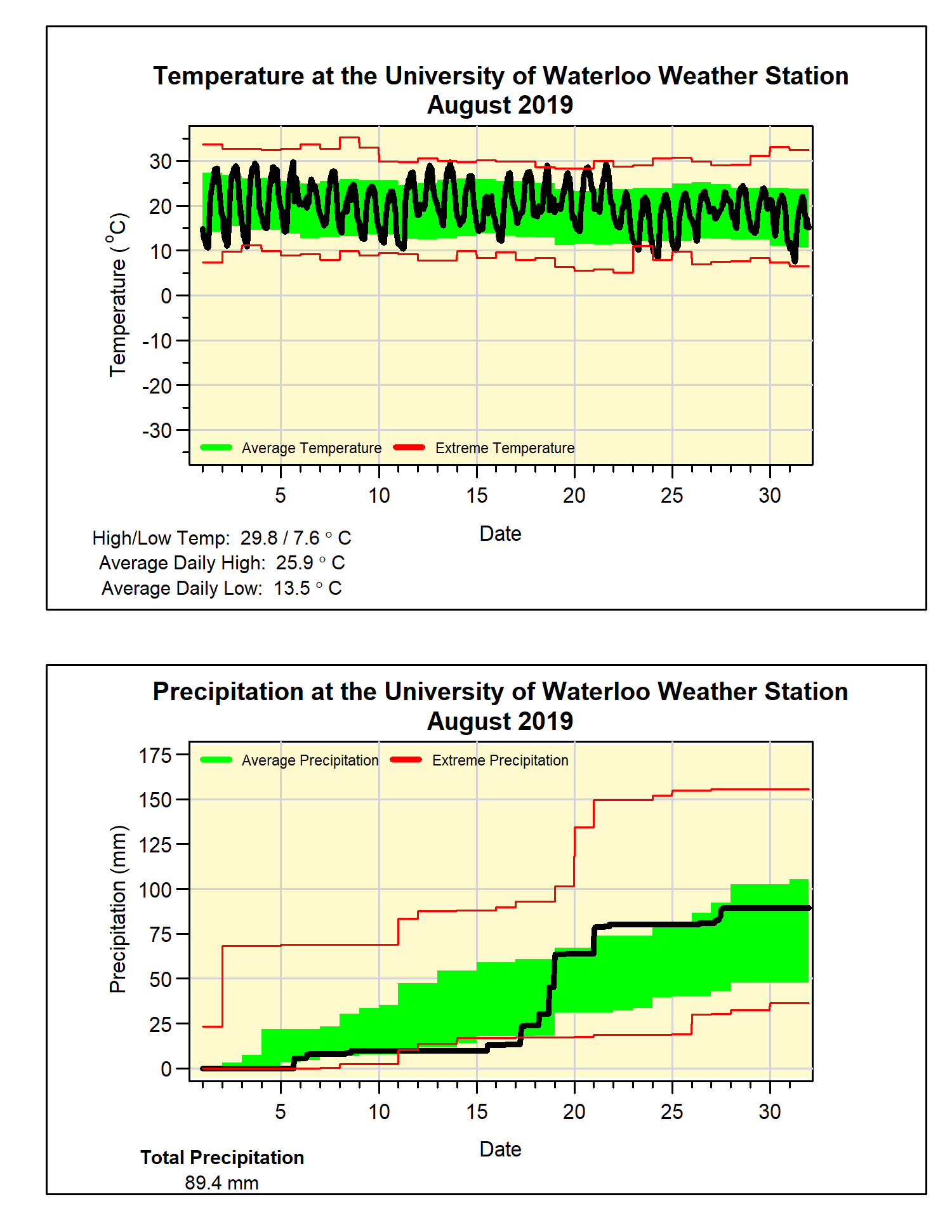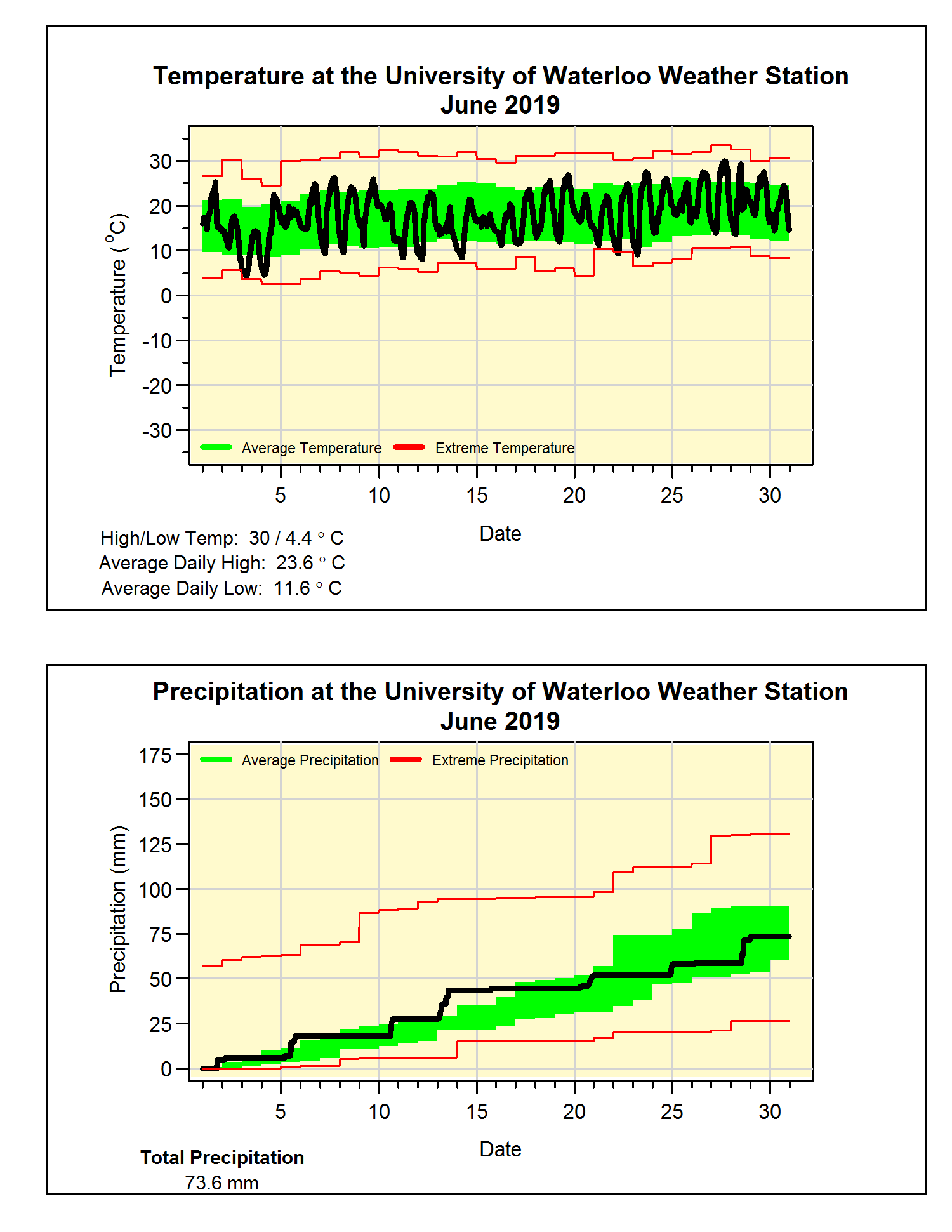A dry November that was the coldest in almost 25 years
For the second year in a row we had a very cold November, with this one coming in at 2.5 degrees below average and almost half a degree colder than last year. This put it at the 6th coldest in the over 100 year history of weather records in the region and the coldest since 1996.
These cold temperatures were most prevalent during the first 20 days of the month and even a warm up during the last 10 days couldn’t bring the overall temperature back into the average range. One fun fact from the month was that the high temperature of 10.4°C on the 27th was the lowest high temperature for November on record (the previous lowest high was 11.8°C in 1997).
Although there was a steady amount of precipitation throughout the month with a little bit coming every few days, the total of 52.8 mm was well below the average of 87.1 mm. The total we have had so far this year of 866.0 mm is not that much above the average of 832.9 mm, which means we are setting up to have an average year for precipitation overall.
It isn’t that unusual to get some snow in early November or even late October, but usually those are smaller amounts. So the 12.5 cm of snow that fell during the 11th was the earliest date for over 10 cm of snowfall since Oct 31, 1997 when there was 12 cm.
The total snowfall for November was 16 cm, which is a bit more than the average of 13 cm for the month.
Summary for November 2019:
Maximum Temperature 10.4°C
Minimum Temperature -12.0°C
Average Daily High Temperature 3.4°C (Long term average 6.3°C)
Average Daily Low Temperature -3.6°C (Long term average -1.4°C)
Total Precipitation 52.8 mm (Long term average 87.1 mm)










